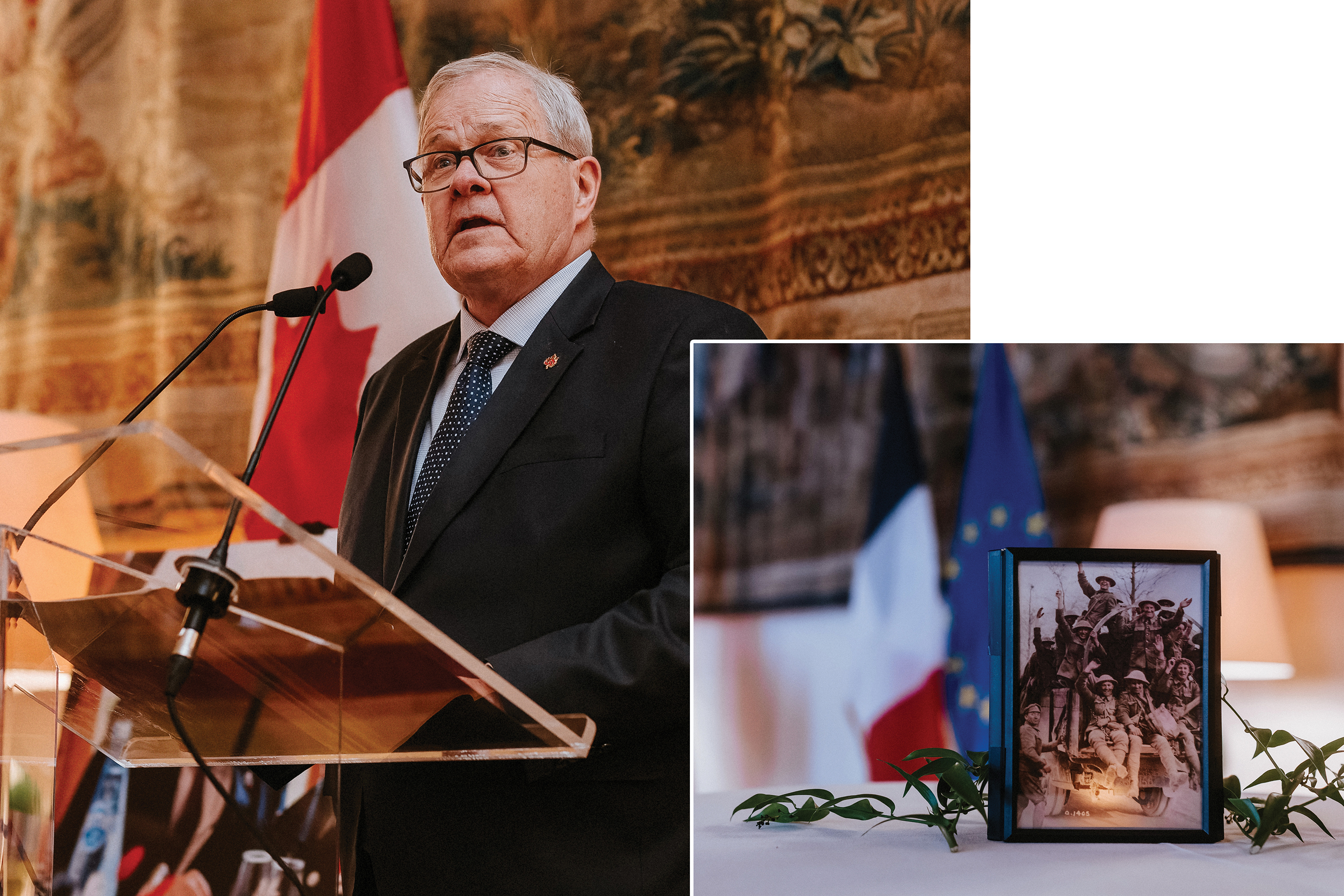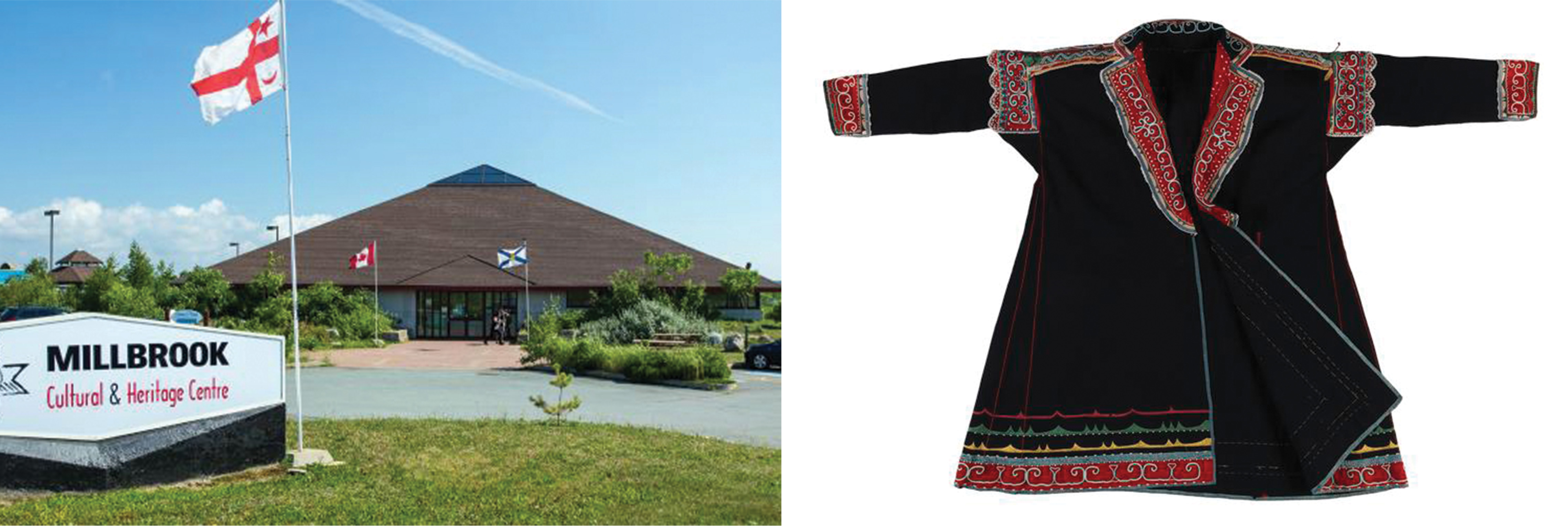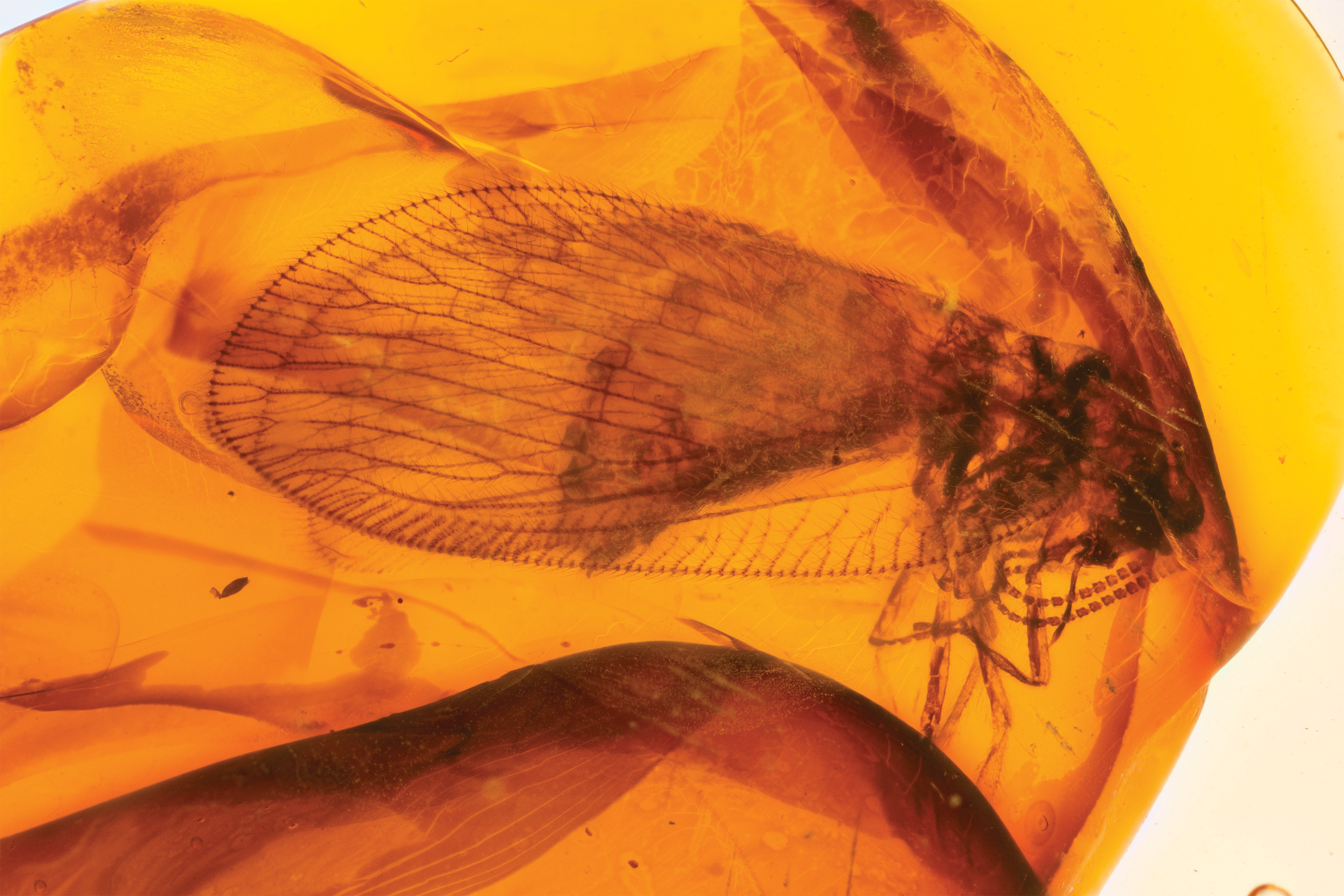In the Spotlight
Vancouver’s Chinese Canadian Museum set to open July 1
Flurry of federal, provincial funding for Quebec museums
Mi’kmaw regalia home after 130 years in Australia
Veterans Affairs Canada announces Vimy Foundation funding for series of commemorative and educational initiatives

On March 30, the Honourable Lawrence MacAulay, Minister of Veterans Affairs and Associate Minister of National Defence, announced up to $241,000 in funding to the Vimy Foundation’s The Spirit of Vimy: Highlighting Youth Leadership and Digital Transformation project. The project aims to create a fully bilingual digital museum centred on the Canadian experience of the First World War through community-based youth initiatives and the digitization of Canadian National Vimy Memorial maquettes. In a release, Vimy Foundation Chair Carolyn Patton said, “The Vimy Foundation is well positioned to be at the forefront of transforming commemoration in Canada into a more participatory activity. As time finds us further from the First World War, we are incredibly grateful for this funding that will bring us closer to delivering ground-breaking initiatives to generations of youth. The past is worthy of our present as we discover common links that unite us in our relationship with history.” Veterans Affairs Canada has previously supported the Vimy Foundation projects, including Vimy: A Living Memorial and Vimy: Canada’s Coming of Age.
Vancouver’s Chinese Canadian Museum set to open July 1

The Chinese Canadian Museum (CCM) has announced it will open its doors on July 1, 2023 — exactly 100 years after the Chinese Exclusion Act was enacted, featuring The Paper Trail to the 1923 Chinese Exclusion Act. Located in the oldest building in Vancouver’s Chinatown, the Wing Sang Building, CCM will be Canada’s first public museum dedicated to Chinese Canadian culture and history. The Chinese Canadian Museum Society of British Columbia was founded in 2020 to establish the museum and earn support from the government and private donors to bring the project to fruition. In advance of its opening, the museum collaborated with the Museum of Vancouver (MOV) and the University of British Columbia to produce the multi-site exhibit A Seat at the Table, at the Museum of Vancouver and another historic Chinatown location, the Hon Hsing building. Using food and restaurant culture as an entry point to highlight the immigrant experience of Chinese Canadians in the province, A Seat at the Table was the recipient of a CMA Award for Outstanding Achievement in Exhibitions as well as a Public History Prize from the Canadian Historical Association. Also featured at the Historic Hon Hsing building is Seeds to Success: Story of the H.Y. Louie Family, produced by CCM. Last spring, CCM opened a second temporary exhibition site in Victoria’s historic Fan Tan Alley featuring: First Steps: Chinese Canadian Journeys in Victoria in cooperation with Victoria Chinatown Museum Society.
Flurry of federal, provincial funding for Quebec museums

Musée des beaux-arts de Sherbrooke, Québec. Photo — Wikipedia.org
The federal government and provincial government of Quebec made a significant number of funding announcements for the province’s museums in the first months of 2023. At press time, more than $64 million had been allocated across more than 120 Quebec museums. Among the recipients for federal funding were the Musée des beaux-arts de Sherbrooke, Société d’histoire du Lac-Saint-Jean, and Musée du Fjord; provincial funding recipients included the Musée régional de Rimouski, Musée Colby-Curtis (Société historique de Stanstead), Marais de la Rivière aux Cerises, Musée d’art de Joliette, Site historique maritime de la Pointe-au-Père, Jardins de Métis, and Musée Marius-Barbeau. The provincial support follows through on budget plans announced in 2022 for increased support to museums and heritage institutions to be carried out over three years, to enhance its operational aid program and carry out emergency repairs on heritage buildings. The funding arrived as a counterpoint to news that the province’s « Espaces Bleus » program, to create regional Quebec-focused museums, was facing cost overruns and slow starts, with only 4 of the 18 planned spaces on track. Critics of the program expressed concerns the initiative might result in funding shortfalls for existing museums.
Mi’kmaw regalia home after 130 years in Australia

The Millbrook Cultural Heritage Centre (MCHC) has secured the return of Mi’kmaw regalia, including a jacket, moccasins, a pipe, and a brooch, from Australia’s Melbourne Museum to the Millbrook First Nation in Nova Scotia. Work began on repatriating the items 12 years ago, according to Heather Stevens, manager and senior heritage interpreter at MCHC. The regalia were believed to be commissioned by Samuel Huyghue, a civil servant, artist, and writer, who brought the items with him to England and eventually to Australia, where they were entrusted to the Melbourne Museum upon his death in 1891. In March 2023, Stevens travelled to collect and accompany the items home, joined by a Mi’kmaw pipe-carrier who would perform ceremonies before their departure from Australia and upon their return.
Agriculture and Agri-Food Canada digitizing massive Canadian and international biological collections

Agriculture and Agri-Food Canada undertook a six-year, $30-million initiative to digitize 18 million specimens with help from citizen volunteers to reveal global biological collections that have been long hidden from the public. Shannon Asencio, who is responsible for the preservation and access to herbarium collection materials, says the digitization of the collection “brings specimens out of the darkness of the cabinets with limited access and allows the team to share a wealth of the biological information.” So far, the project team has completed digitizing some 2.7 million specimens including plants, insects, fungi, bacteria and nematodes in Ottawa, Ontario. The physical collection is museum-quality objects sourced both in Canada and globally. The objects are often pin-slide-mounted and ethanol-preserved specimens and require global experts to pay a physical visit and identify the species. Asencio says the digitization efforts through different platforms raise the profile of the collections. For example, finding favourable characteristics in crop wild relatives — wild versions of cultivated crops — that can be used by plant breeders to cope with climate change. The detailed accumulated data and images of the collection are essential to addressing some of the biggest concerns in conservation biology through both geography and time such as invasive species, climate change or human spread of industrialization and pesticide use, said Owen Lonsdale, manager of the Canadian National Collection of Insects, Arachnids and Nematodes.

But the work is not done, said Heather Cole, Biodiversity Data Manager at AAFC. “When we can take pictures of our specimens, or specimen labels, the volunteer community, it isn’t within Agriculture Canada, (but) it’s globally online through this citizen science platform. They’re coming to us.” While there are some 15 million specimens still to digitize, the Canadian project stands alongside other natural collection digitization efforts globally; the Smithsonian’s Department of Botany completed a 3.8-million-specimen bar-coding, digitizing and transcribing project in June of last year, while Australia’s National Herbarium of New South Wales has so far imaged 1.1 million botanical specimens.
